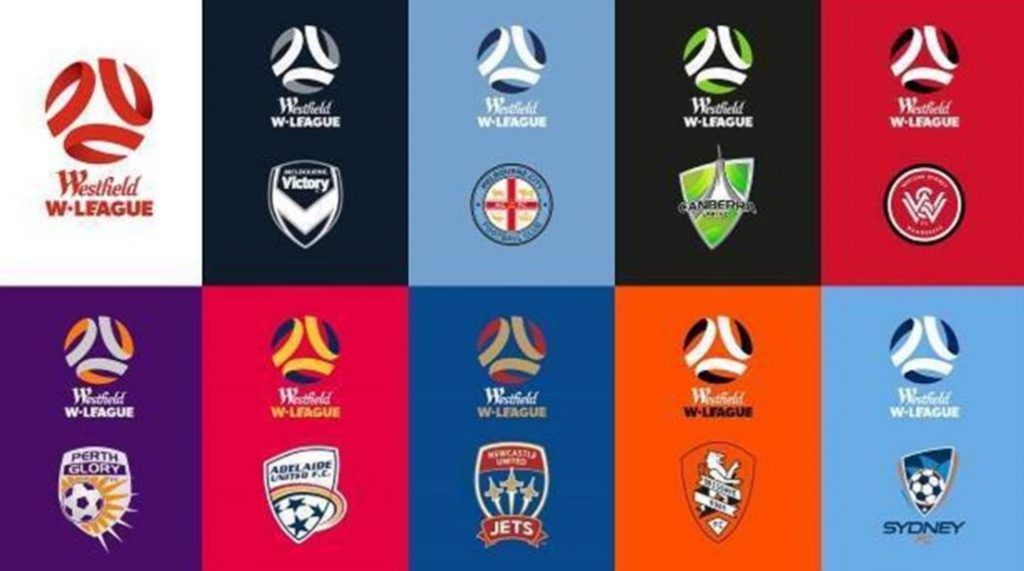
During April the Matildas was using FIFA’s own words against them in a threat of legal action regarding a gender pay gap in the sport. CEO of Professional Footballers Australia gave them his support and committed himself to gender equality. Their complaints were heard, and earlier this month, they received a 33% pay increase in base payment to equal their hourly remuneration with that of their male counterparts.
Men Will Still Be Earning More
The 33% adjustment has been made to the base hourly rate that the players earn. This is regarded as progress since up until as recently as two years ago, the female players in the W-League was still seen as amateurs and didn’t receive any remuneration except for reimbursement of their expenses. During 2017 this changed and their conditions of employment were improved. The struggle by female players to earn the same amounts as their male counterparts were also under investigation in March. The US women’s soccer team took legal action against the US national federation based on gender discrimination due to vast differences in their pay structure.
Still though with the pay increase in place, women will always be earning less because they spend less time playing in a shorter season. Their season runs for a mere 14 weeks which is slightly longer than half of the men’s season which is running over 27 weeks.
Australia is the leader in campaigning for equal pay for women in sports globally. Since 2017 the women’s cricket team is also set on the same base hourly rate as their male counterparts, but they too are earning less due to fewer chances to play during the season.
The Gap in Prize Money
Another large gender pay gap which still needs to be attended to is the prize money that winning teams earn. The winning team in the W-League will walk away with a mere US$4 million and the runner-up team with US$2.6 million in comparison with the prize money for the winners during the Men’s Soccer World Cup where their male counterparts walked away with a winning prize money of US$38 million and the runner-up team with US$28 million. The amount which is paid less towards winning teams during the Women’s World Cup compared to the Men’s World Cup totals at US$370 million. FIFA explains this enormous pay gap as the result of less revenue produced through the women’s tournaments vs the men’s championships. This explanation is received with a lot of criticism in the sporting world, but FIFA is not revealing their figures to the public, so it is hard to accept or dismiss it entirely.
Pay gaps in women’s sports is a sensitive matter, not only in Australia but globally. The main reason why Norway’s star player Ada Hegerberg is not part of their World Cup team is due to a dispute which she has with the national federation of Norway regarding gender equality and a lack of recognition of women in the sport.